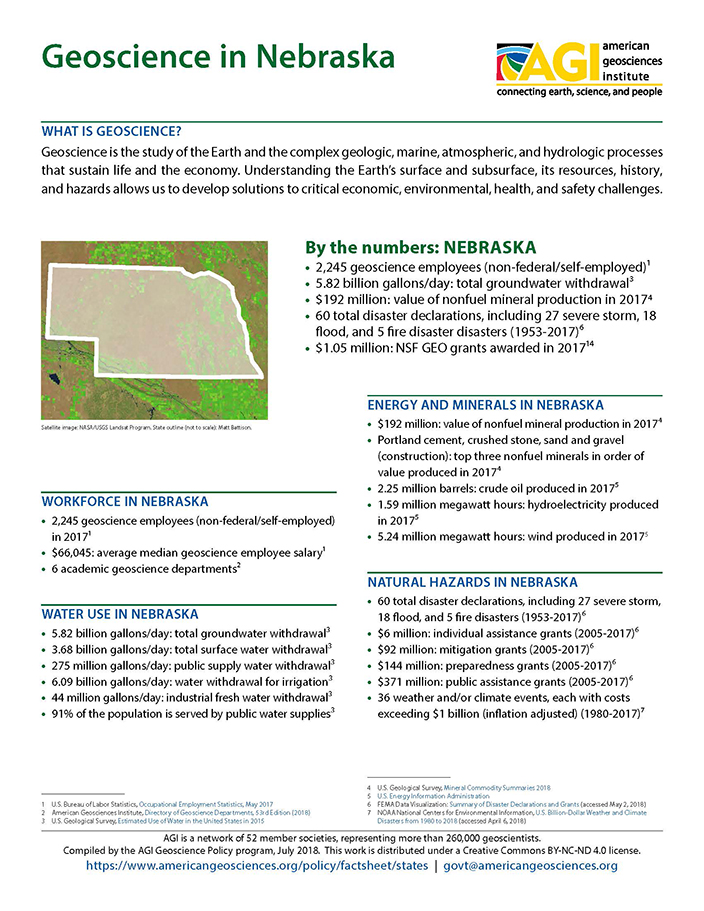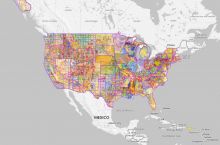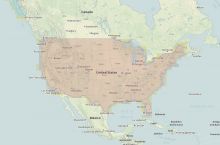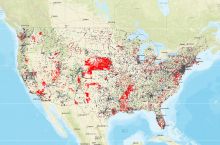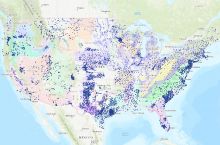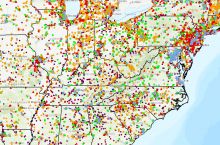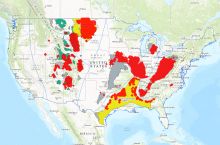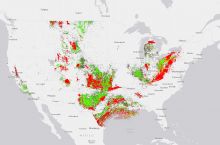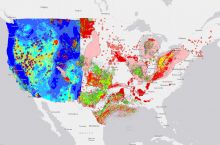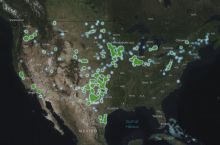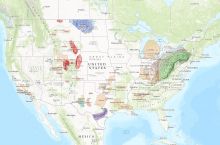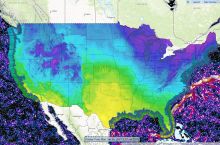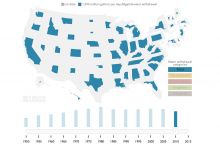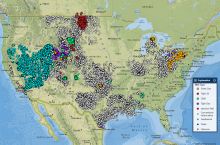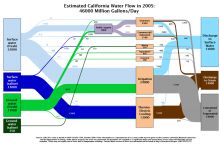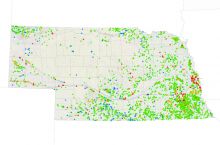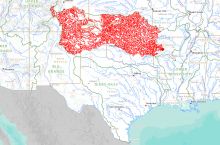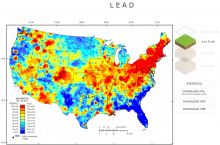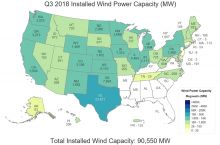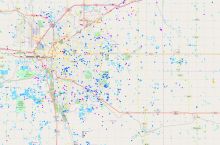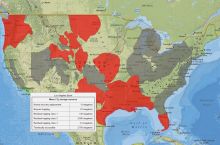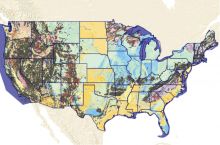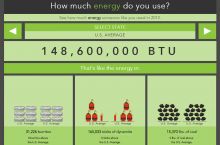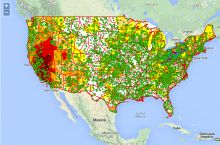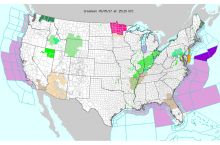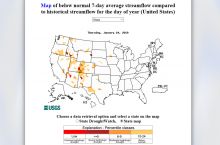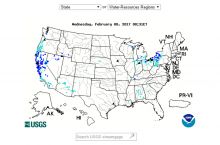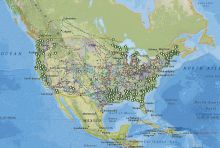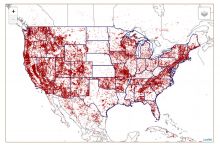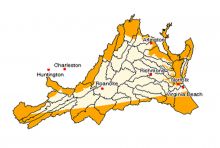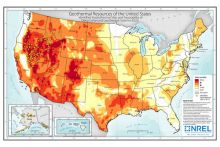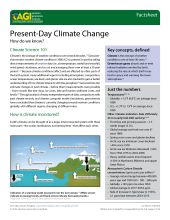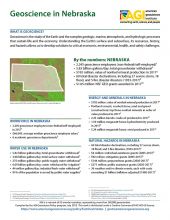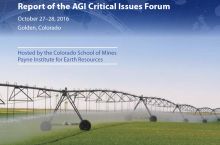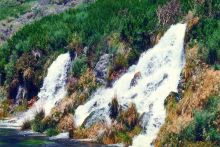By the numbers: Nebraska
- 2,245 geoscience employees (excludes self-employed)1
- 5.82 billion gallons/day: total groundwater withdrawal3
- $192 million: value of nonfuel mineral production in 20174
- 60 total disaster declarations, including 27 severe storm, 18 flood, and 5 fire disaster disasters (1953-2017)6
- $1.05 million: NSF GEO grants awarded in...
Agencies Working on Geoscience Issues in nebraska
The Nebraska Department of Environmental Quality was created pursuant to passage of the Nebraska Environmental Protection Act in 1971. Although the Department has grown and been given additional responsibilities over the years, its ongoing mission has remained the same - the protection of Nebraska’s air, land and water resources.
Finding a balance between competing demands is a key to Nebraska‛s resource future. Assessing impacts of alternative soil and water management options requires an understanding of complex issues and substantial amounts of reliable data. The Nebraska Department of Natural Resources (NDNR) is committed to providing Nebraska‛s citizens and leaders with the data and analyses they need to make wise resource decisions for the benefit of all Nebraskans both now and in the future. The NDNR is a State agency with responsibilities in the areas of: Surface Water, Groundwater, Floodplain Management, Dam Safety, Natural Resources Planning, Water Planning and Integrated Management, Storage of Natural Resources and Related Data, and Administration of State Funds.
The Nebraska Emergency Management Agency is charged by state stature to reduce the vulnerabilities of the people and communities of Nebraska from the damage, injury and loss of life and property resulting from natural, technological or man-made disasters and emergencies.

